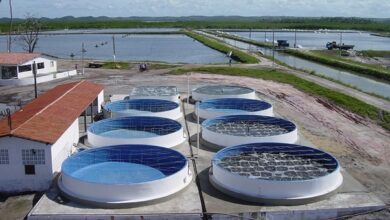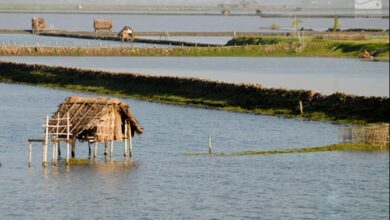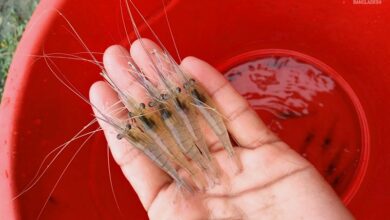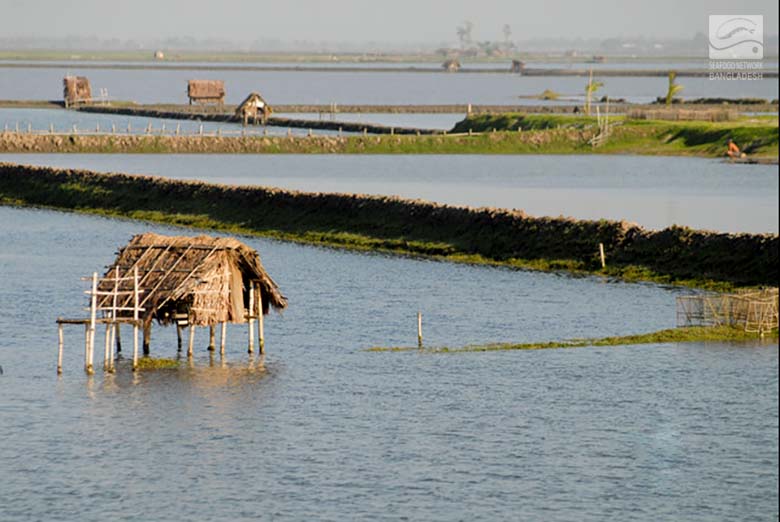
The practice of commercial shrimp farming in Bangladesh started back in the 80s. Since then, the country’s shrimp industry has gone through numerous fluctuations. The production development has been observed during the early 2000’s. But shrimp sector has shown a gradual descend since 2014 and yet the condition remains unchanged. Therefore, the question draws the attention, what hurdles the shrimp industry, and will 2023 be any different?
There is a common conception that Bangladeshi shrimp is expensive than shrimp from others competing countries because of less production and quality. Although this fact is occasionally true but it is not always the case. Bangladesh shrimp industry is driven by the native species bagda or Black tiger shrimp (Penaeus monodon), unlike the world shrimp market, which is dominated by Pacific white leg shrimp (Litopenaeus Vannamei).
Local exporters charge approximately around $8 per kilo for Black Tiger shrimp on an average. In contrast, competing nations offer Vannamei shrimp, which are sold at lower price and its $2-$2.5 less than the average price of Black Tiger shrimp from Bangladesh. Ecuador, Argentina, Thailand, Vietnam, China and India produce huge quantities of Vannamei shrimp yearly.
Hence, the cost-effective Vannamei shrimp attracts exporters more than the black tiger shrimp. As Bangladesh falls behind in Vannamei production, a substantial export market is lost.
The CGIAR, an intensive research platform, performed a study to identify the concerns encountered by the shrimp industry, including interviews with 25 multi-stakeholder experts, to better understand the issues faced by the shrimp sector.
The study found that despite modest gains in yields and technological approaches, such as farm and feed management, the industry is nevertheless beset by serious structural issues. The survival of shrimp and the output of the farms are restricted by small farm ponds and shrimp farming in ghers. Infrastructure is urgently needed, particularly for structures to deepen ponds and enhance water management.
Moreover, in the absence of collateral, farmers receive little or no financial assistance, particularly from formal institutions. Shrimp farming, in contrast to other species, requires specialized expertise. Therefore, it becomes a high-risk endeavor for small farmers who lack such knowledge and the necessary resources.
“The country’s aquaculture is expanding, but its small-scale shrimp farmers still require assistance,” said SM Shaheen Anwar, chief of the Safe Aqua Farming for Economic and Trade Improvement (SAFETI) project in Bangladesh. “So, shrimp production is not growing at the predicted rate,” he added.
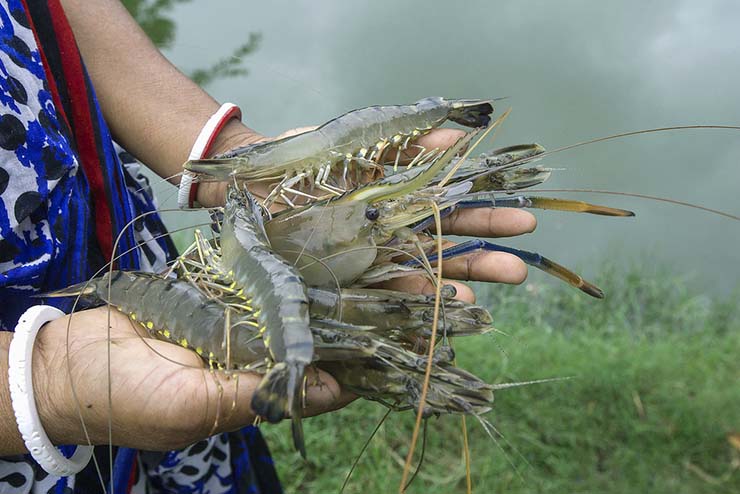
Similarly, the issue of assuring the disease-free status of farmed shrimp is also connected. According to specialists, local production of specific-pathogen-free (SPF) post-larvae satisfied 10% of the nation’s demand for black tiger shrimp in the fiscal year 2021-22, while 90% were locally sourced which is diseased or infested fry.
As a result, shrimp farmers around the country are forced to rely on disease prone or infested post-larvae because of a lack of high-quality shrimp fry. This has a negative impact on total productivity and diminishes the prospects for increased exports.
There are now three hatcheries producing SPF larvae in Bangladesh: MKA Hatchery, Desh Bangla SPF Hatchery and Fishtech BD Ltd. One of the hatcheries, MKA Hatchery, reported that it could only produce 500 million SPF post-larvae annually.
On the other hand, because no SPF larvae of other species of shrimp are generated in the country, hatcheries rely solely on wild shrimp to produce shrimp larvae. Farmers receive only 2% of quality post larvae from private hatcheries to their total demand.
Less than 3% of Monodon’s Post Larvae (PL) are derived from imported broods, whilst the remainder PL is derived from wild broods. Heavy reliance on the wild results in variable production quality and hinders the development of commercial hatcheries within the ecosystem.
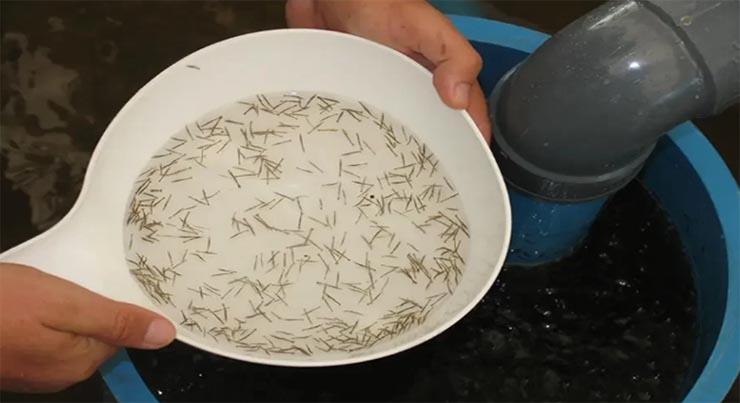
In addition, reliance on traditional farming techniques does not support commercial hatcheries, which limits production. Most of Bangladesh’s hatcheries use the outdated extensive method or gher system, as opposed to the current Intensive or Semi-Intensive approach employed by the leading shrimp-producing nations.
Intensive and semi-intensive methods can produce several times more shrimp per year than conventional methods. In comparison to the Extensive approach, the Intensive and Semi-Intensive methods are significantly more expensive due to the utilization of experienced labor and complex technology. Thus, many Bangladeshi hatcheries have not yet implemented this latest technology.
In FY2021-22, only 33,271 tons of shrimp were produced in Khulna region, gradual decrease can be observed from 42,489 tons in FY2011-12. Industry experts says high disease rate, salinity and tidal fluctuation are attributed to this decrease in production. The varying salinity level generated by the moon’s gravitational pull on natural high tides has an effect on shrimp culture in the region. While rising water temperatures are responsible for the spread of viruses. The virus life cycle is temperature dependent. Airborne viruses have made heated water their new home, infecting and killing larvae in large numbers.
Most people think that bagda, with an emphasis on market expansion and international branding, continues to provide Bangladesh’s finest potential. Experts also noted the expanding domestic market for shrimp and prawns as evidence that exporting did not necessarily have to be the main goal.
Using sustainable production methods, it may also be possible to target niche markets for shrimp. The majority of industry experts said that a comprehensive policy for shrimp and a dedicated organization devoted to expanding the shrimp sector is necessary. These would make it possible to concentrate on shrimp, continue government and private sector initiatives and identify certain coastal zones. Therefore, in order for the industry to change its current trajectory, it needs an enabling setting and assistance at the farm level in 2023.

